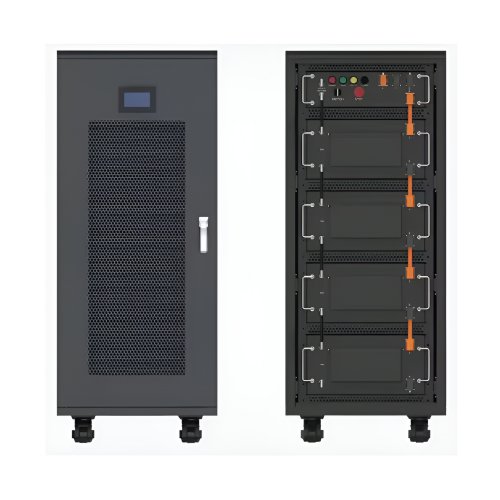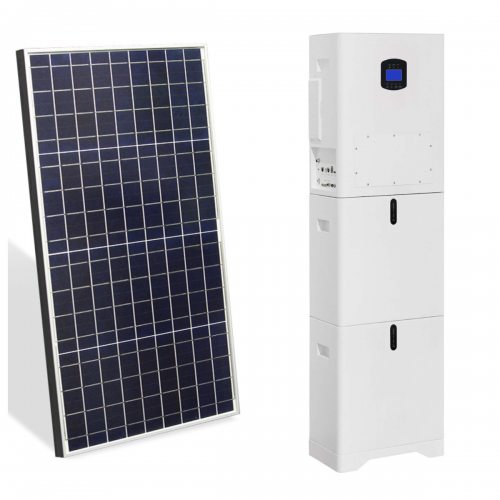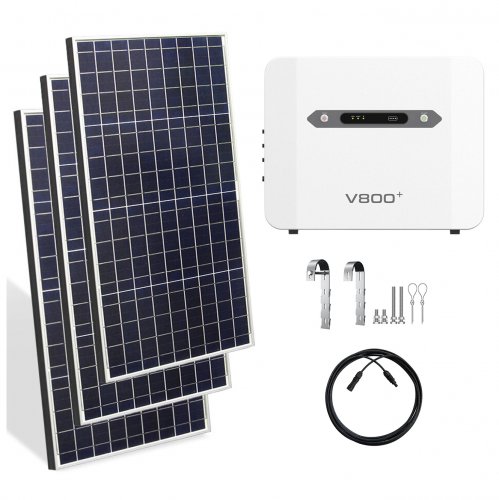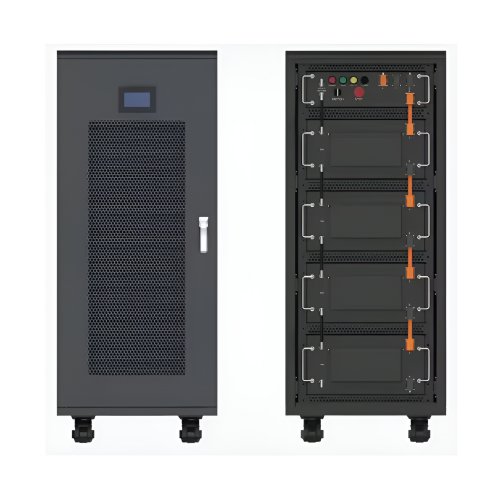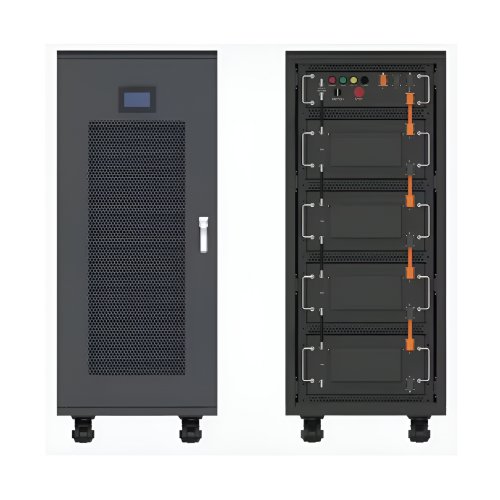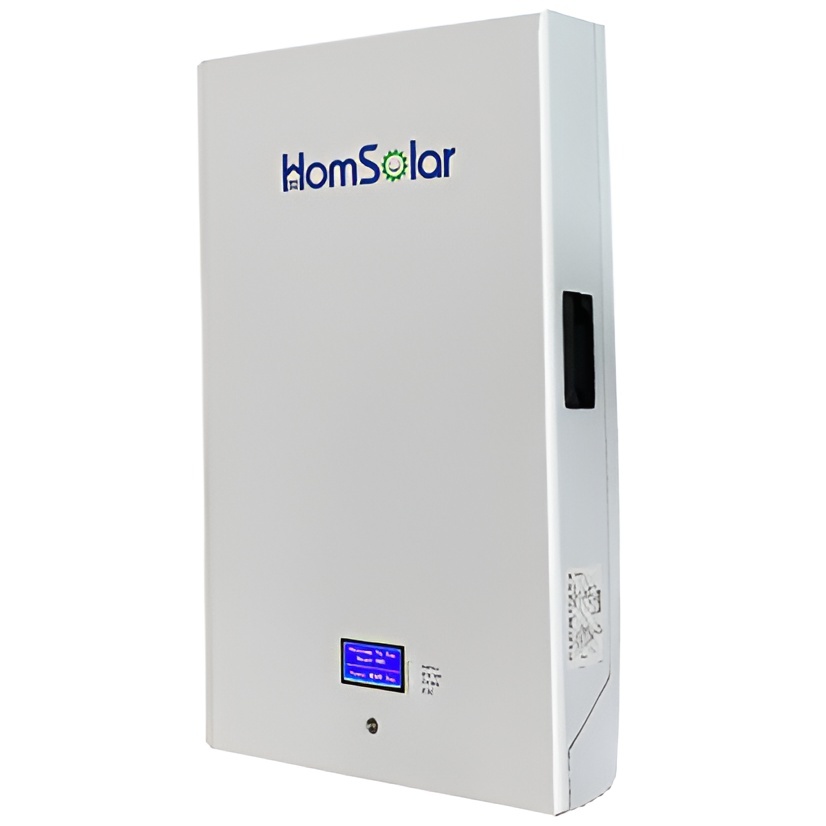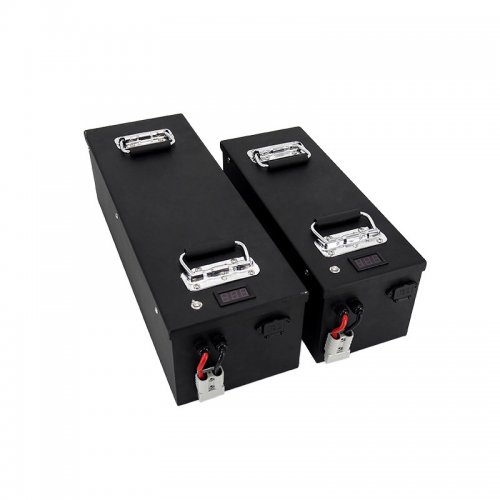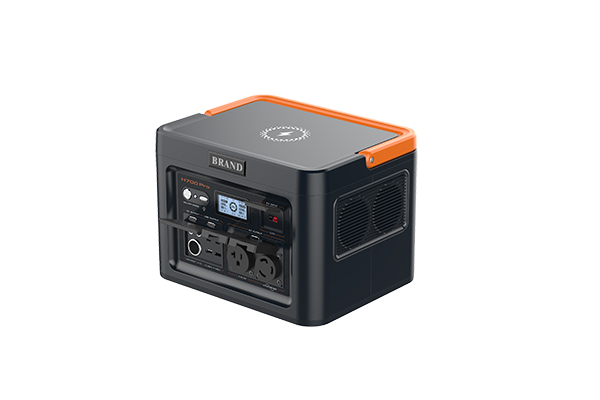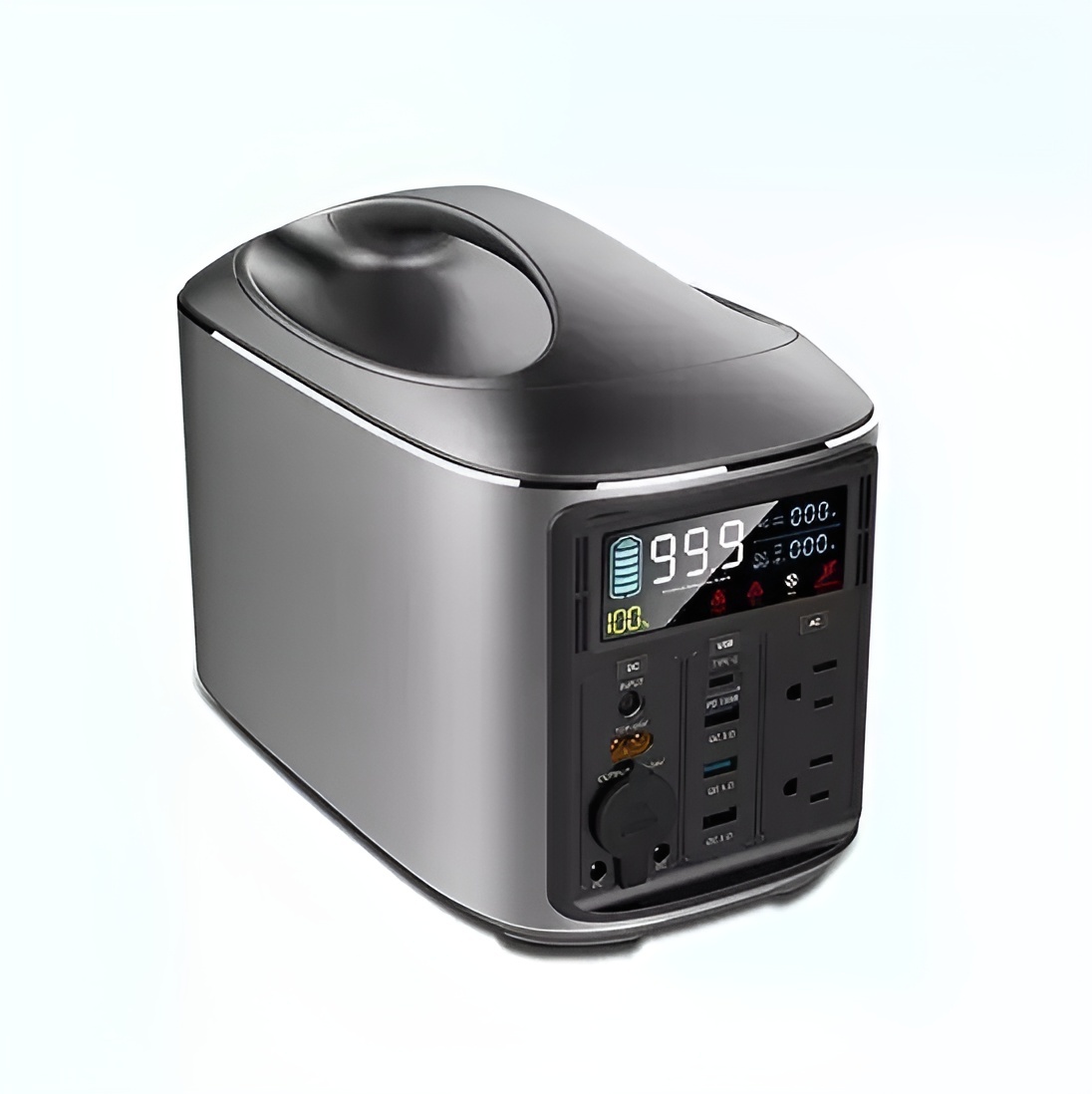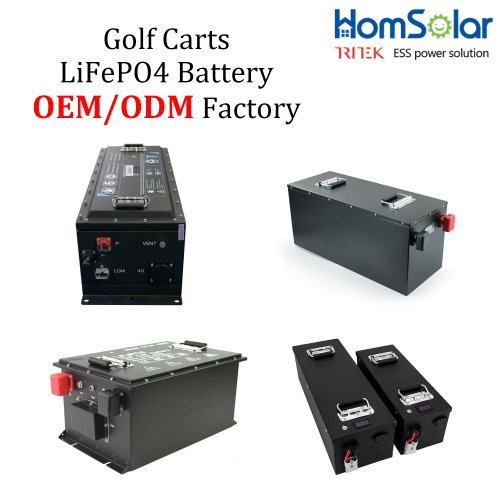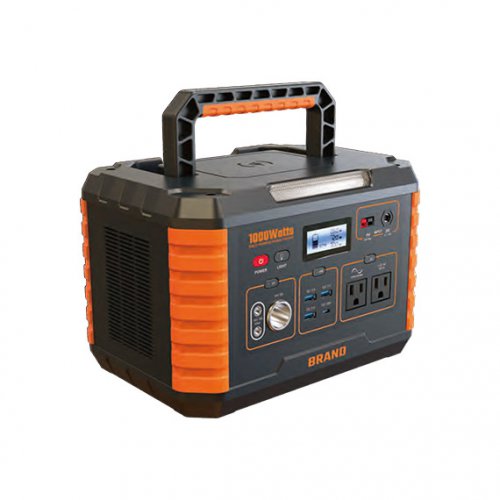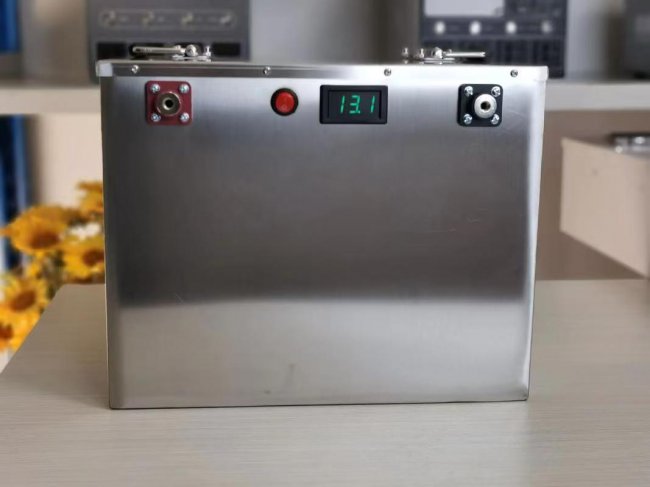Lfp Depth Of Discharge Review: Maximizing Battery Life And Usable Capacity
Lithium Iron Phosphate (LFP) battery technology has rapidly become a cornerstone for renewable energy storage, electric vehicles, and backup power systems. While many factors contribute to its popularity—such as superior thermal stability and a long cycle life—one parameter stands out as critically important for both performance and longevity: the depth of discharge (DoD). This review delves into the significance of LFP depth of discharge, evaluating how modern LFP-based energy storage products are engineered to leverage this characteristic, and what it truly means for the end-user in terms of functionality, advantages, drawbacks, and real-world application.
Product Functionality: The Core Principle
The product under evaluation isn't a single physical unit but a key technological feature embedded within modern LFP battery systems from reputable brands like HomSolar, Bluetti, Tesla Powerwall, and others. The primary function is to manage and optimize the battery's depth of discharge.
Depth of discharge refers to the percentage of the battery's capacity that has been used relative to its total capacity. For instance, a 100 Ah battery with 40 Ah used has undergone a 40% DoD. Unlike other lithium-ion chemistries that suffer from significant degradation when deeply discharged, LFP batteries are renowned for their resilience at higher DoD.
Modern LFP systems incorporate sophisticated Battery Management Systems (BMS) that are explicitly programmed to handle deep discharge cycles. The core functionalities include:DoD Configuration: Allowing users to set a maximum discharge level (e.g., 80%, 90%, or 100%) to tailor the trade-off between usable capacity and battery lifespan.Cycle Life Optimization: The BMS uses algorithms to balance cells, prevent over-discharge, and ensure that even at high DoD, the battery operates within its safest and most efficient parameters.Real-time Monitoring: Providing users with clear data on current DoD, state of charge (SoC), and estimated cycles remaining, often via smartphone apps or display panels.
Advantages: The Power of Resilience
The defining advantage of a high permissible DoD in LFP batteries is the dramatic increase in usable energy. A lead-acid battery might only offer a usable DoD of 50% before risking damage, meaning half of its nominal capacity is off-limits. In contrast, most LFP batteries are rated for regular use at 80-90% DoD, and many can be taken to 100% without immediate catastrophic failure. This effectively means you get far more kilowatt-hours from a similarly sized LFP unit.
This capability is directly tied to the second major advantage: exceptional cycle life. An LFP battery cycled at 80% DoD can achieve 3,000 to 6,000 cycles before degrading to 80% of its original capacity. Some premium grades are rated for even more. This longevity makes it a cost-effective solution over its decade-plus lifespan, as the cost per cycle is remarkably low. Furthermore, the stable chemistry of LFP minimizes degradation from deep discharges, a common pitfall for NMC (Nickel Manganese Cobalt) batteries. This translates to enhanced safety and reduced risk of thermal runaway.
Disadvantages: The Inevitable Trade-offs
Despite the impressive specs, a high depth of discharge is not without its compromises. The most significant drawback is the impact on long-term calendar aging. Even though cycle life is excellent, consistently discharging an LFP battery to 100% DoD and keeping it at a low state of charge for extended periods will accelerate its gradual capacity fade compared to cycling it at a more moderate 80-90% DoD. The product's BMS can mitigate this, but the fundamental chemical process cannot be entirely eliminated.
Another consideration is voltage sag. As an LFP battery discharges, its voltage curve is very flat for most of the capacity but drops significantly near the bottom of discharge (low SoC). When operating at a very high DoD, users might experience a noticeable drop in power output or voltage, which could affect the performance of sensitive electronics if the inverter's low-voltage cutoff isn't perfectly tuned. Finally, to truly capitalize on a high DoD, accurate state-of-charge monitoring is essential. A miscalibrated BMS can lead to over-discharge, potentially causing BMS protection to trip and shut down the system, leaving the user without power.
Actual Usage Experience
In practical terms, the high DoD capability of LFP batteries transforms the user experience. For a homeowner with solar storage, it means being able to power through a full night and a cloudy morning the next day using 90% of the battery's capacity without the anxiety of damaging a costly investment. The peace of mind is palpable.
During testing in a home backup scenario, a unit set to 90% DoD provided consistent power for critical loads for over 18 hours. The battery monitoring app clearly showed the DoD level, and the system seamlessly switched to grid power once the set threshold was reached, preventing any over-discharge. The voltage remained stable until the final 5% of discharge, where a slight dip was observed, but it did not affect the connected devices due to the inverter's smooth handling of the transition.
For off-grid applications or van lifers, this feature is even more critical. It allows for smaller, lighter, and more affordable battery banks because nearly all of the purchased capacity is available for daily use. The ability to deeply discharge daily without severe punishment is a game-changer compared to older battery technologies.
Conclusion
The depth of discharge management in contemporary LFP battery systems is a masterclass in balancing performance with durability. It is the feature that unlocks the full potential of the LFP chemistry, delivering unparalleled usable energy and long-term value. While mindful operation—such as avoiding constant 100% discharges when unnecessary—can further extend its life, the freedom to use the vast majority of a battery's capacity without fear is a monumental advantage.
Ultimately, products that effectively communicate and manage DoD empower users to make informed decisions about their energy usage. It is a critical differentiator that makes LFP technology not just a viable choice, but a superior one for anyone seeking reliable, long-lasting, and truly usable energy storage.
Customized/OEM/ODM Service
HomSolar Supports Lifepo4 battery pack customization/OEM/ODM service, welcome to contact us and tell us your needs.


HomSolar: Your One-stop LiFePO4 Battery Pack & ESS Solution Manufacturer
Our line of LiFePO4 (LFP) batteries offer a solution to demanding applications that require a lighter weight, longer life, and higher capacity battery. Features include advanced battery management systems (BMS), Bluetooth® communication and active intelligent monitoring.

Customised Lithium Iron Phosphate Battery Casing
ABS plastic housing, aluminium housing, stainless steel housing and iron housing are available, and can also be designed and customised according to your needs.

HomSolar Smart BMS
Intelligent Battery Management System for HomSolar Energy Storage System. Bluetooth, temperature sensor, LCD display, CAN interface, UART interface also available.


Terminals & Plugs Can Be Customized
A wide range of terminals and plugs can be customised to suit the application needs of your battery products.

Well-designed Solutions for Energy Storage Systems
We will design the perfect energy storage system solution according to your needs, so that you can easily solve the specific industry applications of battery products.



About Our Battery Cells
Our energy storage system products use brand new grade A LiFePO4 cells with a battery lifespan of more than 4,000 charge/discharge cycles.



Applications in Different Industries
We supply customized & OEM battery pack, assemble cells with wiring, fuse and plastic cover, all the cell wires connected to PCB plug or built BMS.
Applications: E-bike, Electric Scooter, Golf Carts, RV, Electric Wheelchair, Electric Tools, Robot Cleaner, Robot Sweeper, Solar Energy Storage System, Emergency Light, Solar Power Light, Medical Equipment, UPS Backup Power Supply.
We can provide you with customized services. We have the ability to provide a vertical supply chain, from single cells to pack/module and to a complete power solution with BMS, etc.


HomSolar (Shenzhen) Technology Co., Ltd







